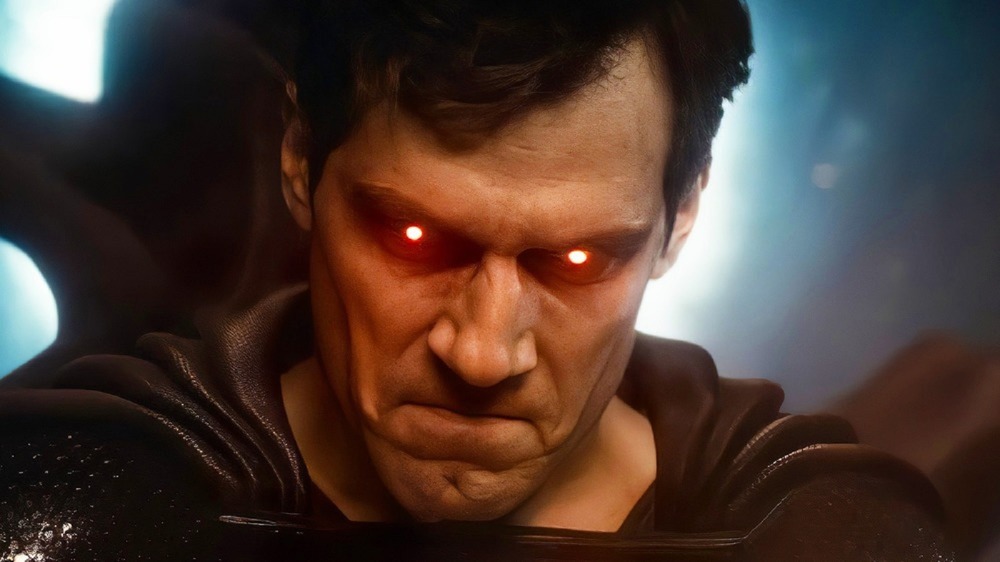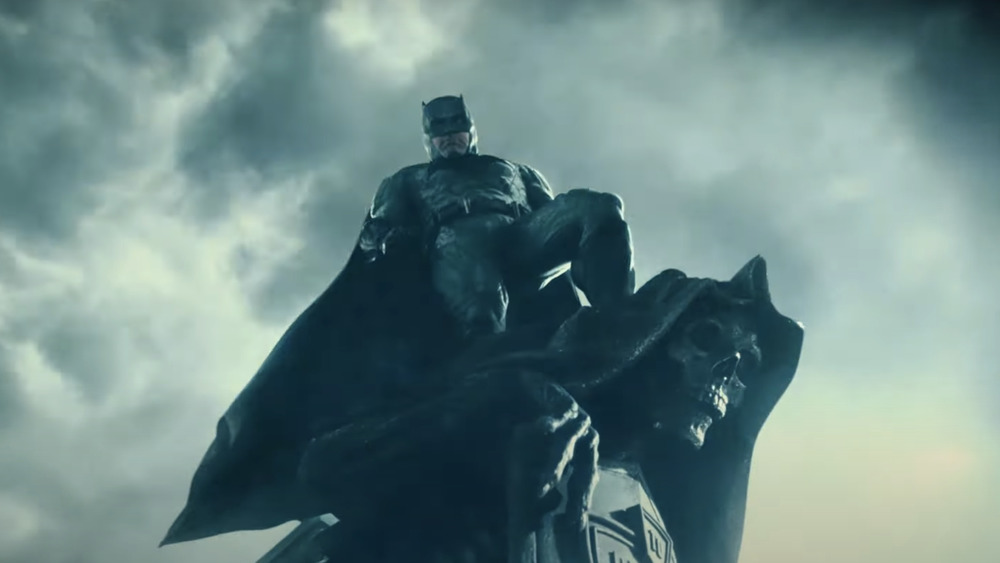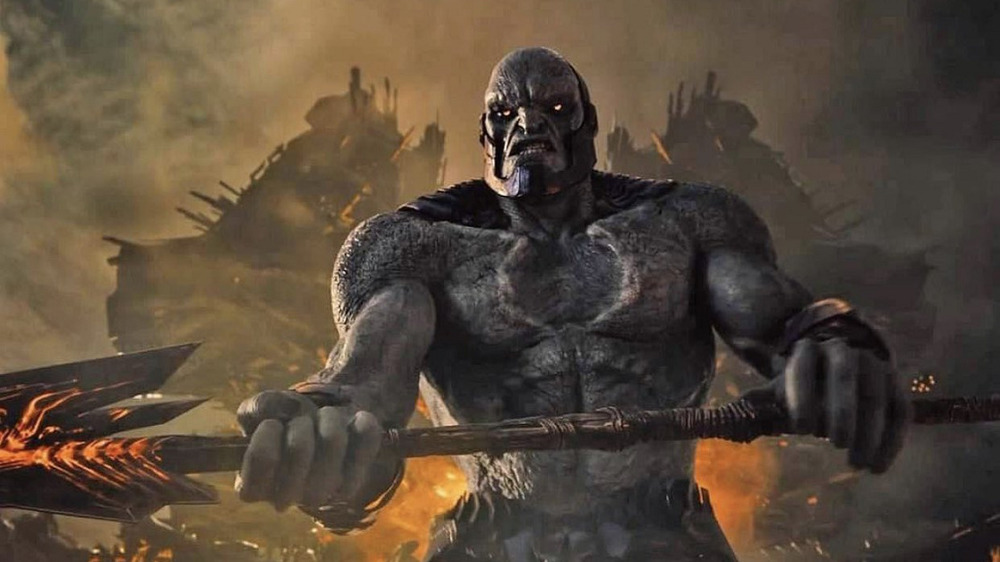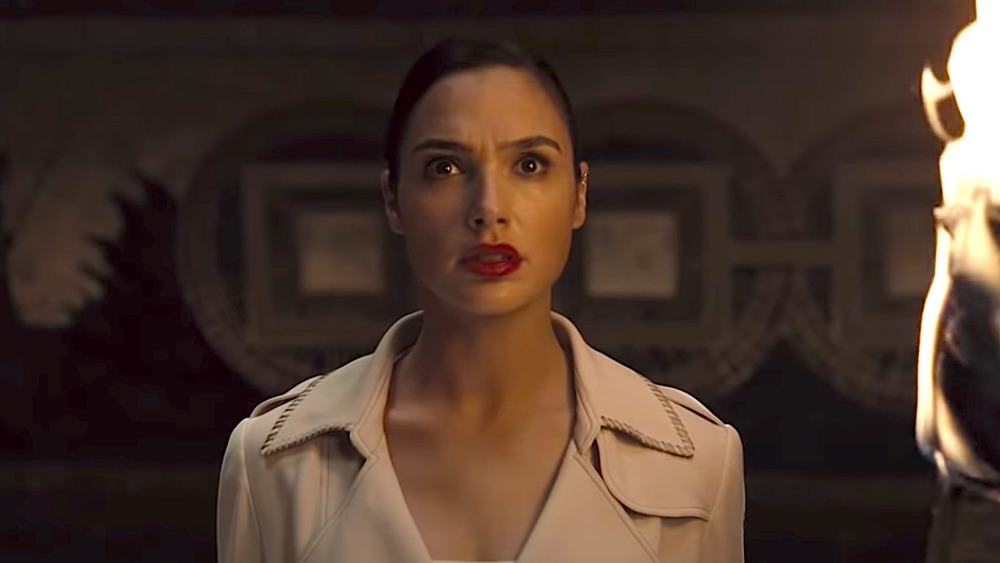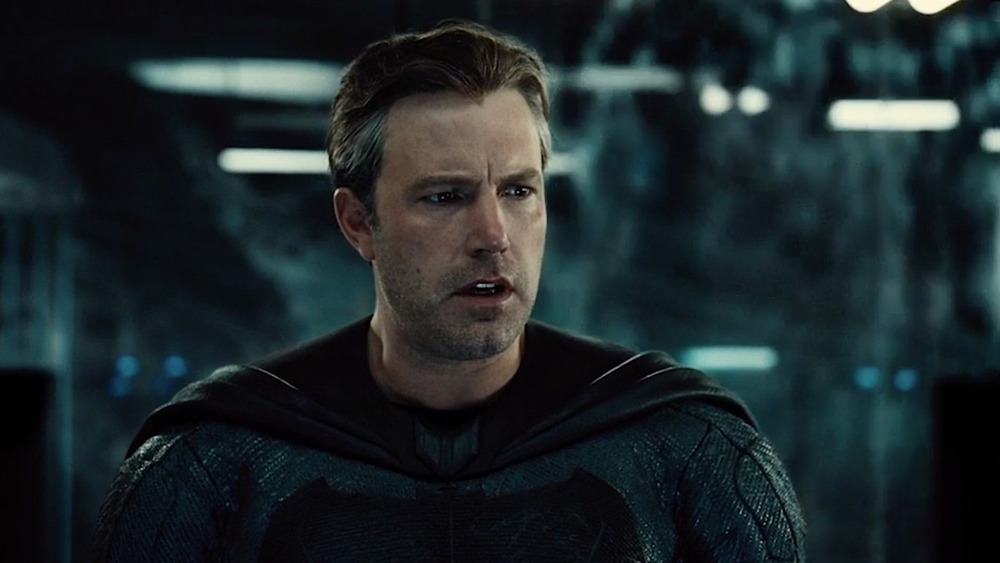The Truth About How The Justice League Snyder Cut Became A Reality
The Snyder Cut, Zack Snyder's four-hour version of Justice League, is almost here. The re-edit of the 2017 film is set to hit HBO Max next month after a years-long campaign to have Snyder's vision for the film restored. In a new piece from Vanity Fair, Snyder reveals just how the dream of The Snyder Cut eventually became a reality.
After the death of Snyder's daughter Autumn, Snyder ceded creative control of Justice League while the movie was still in production, and WB hired Joss Whedon, who had already helmed two Avengers movie, to take over the project. The result was a version of the film that seemed to satisfy no one, and ultimately led to a renewed demand for Snyder to release a version of the movie that was true to his original vision.
As the demand for this cut increased, though, it became clear that there was no finished, alternate version of the movie. When Snyder left Warner Bros., he took four hours of footage with him from the movie, but that footage was not in any way final.
Snyder thought he would just show his version to friends
As Snyder explained to Vanity Fair, the version of the movie that he took with him when he left Warner Bros. had no visual effects, music, or any of the other things that transform unfinished footage into a releasable movie. The footage was also entirely in black and white, and Snyder had only taken it as a keepsake to remember his time on the film.
"We would just show it to random people who stopped by, like our friends or whatever," he told the magazine.
After the original cut of the film was released, though, demand for Snyder's version continued to grow, culminating in November of 2019, when cast members including Gal Gadot and Ben Affleck tweeted "#ReleasetheSnyderCut." It was after those tweets came in that the dream of the Snyder Cut first became a reality. Toby Emmerich, chairman of Warner Bros. Picture Group, called Snyder and asked him if he'd be interested in returning to the project.
"A lot of the people at the company, myself included, always felt badly that Zack didn't get to finish his vision of this film because of the circumstances," Emmerich told Vanity Fair. "And so if there was a way to make it logistically and financially possible, which HBO Max did, and Zack had a willingness to do it, it seemed like a win for everybody."
Warner Bros. initially wanted to release the raw footage
When the studio first approached Snyder, he said that they were interested in releasing the raw footage that he had saved on his laptop. Snyder turned them down.
"I was like, 'That's a no, that's a hard no,'" he said. "And they're like, 'But why? You can just put up the rough cut.'"
As he explains it, Snyder didn't trust their reasons for reaching out to him. "I go, 'Here's why. Three reasons: One, you get the internet off your back, which is probably your main reason for wanting to do this. Two, you get to feel vindicated for making things right, I guess, on some level. And then three, you get a s***ty version of the movie that you can point at and go, 'See? It's not that good anyway. So maybe I was right.' I was like, No chance. I would rather just have the Snyder cut be a mythical unicorn for all time."
Snyder has not seen Whedon's version of the movie
Although Snyder shot some of the footage for the theatrical version of Justice League and worked for years on the project behind the scenes, he's never seen the finished cut that was released in theaters. His wife, who saw that version alongside executive producer Christopher Nolan, told him not to watch it because it would "break his heart."
Snyder didn't ask for Whedon to step in and take over. That decision was made for him. Whedon was brought in to do some rewrites before Snyder formally stepped away from the project, and wound up rewriting and reshooting roughly three-quarters of the film, as far as Snyder can tell.
"When we got to see what Joss actually did, it was stupefying," a studio executive said of the film. "The robber on the rooftop—so goofy and awful. The Russian family—so useless and pointless. Everyone knew it. It was so awkward because nobody wanted to admit what a piece of s*** it was."
Snyder isn't getting paid for the Snyder Cut
Although it cost Warner Bros. roughly $70 million to create a workable version of the film, Snyder himself isn't getting paid at all for the work he's done to remake the film. Snyder was paid for directing the movie the first time around, and said that forgoing payment helped him maintain creative control over the project.
"I didn't want to be beholden to anyone, and it allowed me to keep my negotiating powers with these people pretty strong," he said.
This new version reportedly goes deeper and darker, and also features a newly shot ending and a mind-blowing hero cameo. Snyder has added the Joker into the film, and he's put Superman in a black version of his signature suit. The movie ends with an Allison Crowe cover of "Hallelujah," a song that was apparently very important to his daughter Autumn. "When you think about the catharsis of it, if I was a potter, I would've made some pottery to look for some way through this," he said, regarding his grief over his daughter's death. "But I'm a filmmaker, so you get this giant movie."
